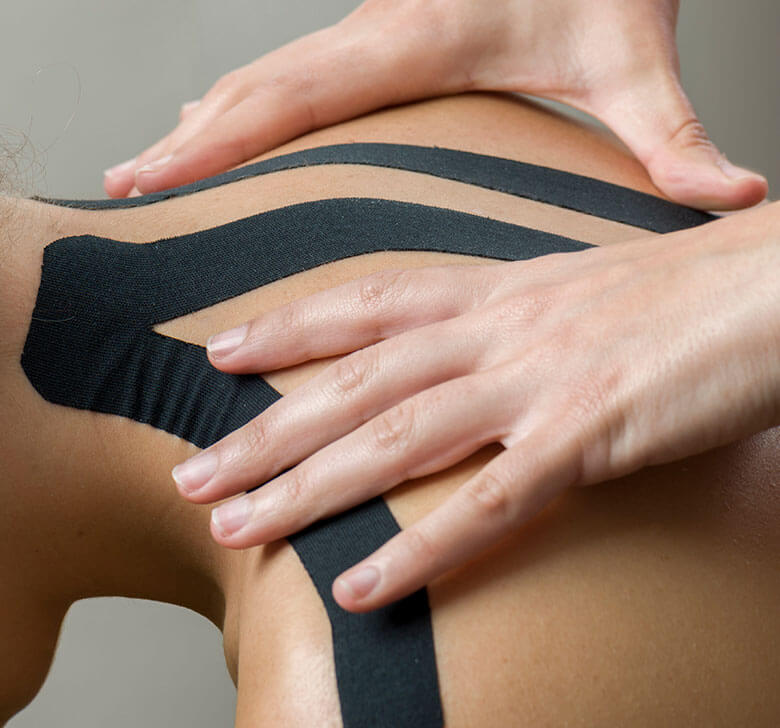
Do you have trouble getting up from bed in the morning or doing every day activities because of soft tissue restrictions? Do you suffer from a chronic musculoskeletal condition that rehab is not working on? If you answered yes, you may benefit from IASTM.
Instrument Assisted Soft Tissue Mobilization (IASTM) is a completely noninvasive technique that makes use of ergonomic IASTM tools to aid a number of debilitating ailments. It is often used in tandem with other manual therapy techniques which includes joint mobilization as well as stretching and exercise programs that are custom designed for each patient depending on their physical needs. We have often found that incorporating movement with IASTM can be even more effective in the results we’re looking for.
Common Conditions Treated by IASTM
Common Conditions Treated by IASTM
IASTM techniques are basically part of a holistic rehab program and complement other therapy interventions. Some of the conditions it is used to treat include:
- Plantar Fascilitis.
- Scar tissue.
- Shoulder pain
- Tennis or golfer’s elbow
- “Tendinitis”
- Cervical or lumbar strain.
- Carpal Tunnel Syndrome.
- Shin splints.
- Trigger points.
And more.
How IASTM Works
Depending on what our physios determine to be the most appropriate for you, they will apply a light, moderate, or firm pressure using the IASTM tool to make it glide across tissue in a scraping manner. Don’t worry – he/she will apply a lubricant to allow the tool to slide over the skin freely rather than graze it.
The special tools are designed to comb through soft tissue restrictions and scar tissue. This produces a positive effect on the tissue to stimulate an inflammatory response that triggers the body into reabsorbing unhealthy tissue. The result is production of healthy tissue and tissue remodeling is also triggered.
The technique is a relief for patients who suffer from soft tissue restrictions that can result post-surgically. Clients with repetitive motion injuries, including throwing, running, Crossfit, triathlon, or prolonged sitting. In other words, it occurs when the body is forced to remain in a certain position or make certain movements for prolonged periods of time.
What Happens Post Therapy?
Exercise is the most important part of an effective physio program, especially after IASTM or other manual therapy techniques. Exercise following IASTM primes the muscles and connective tissue for work! The most notable post-IASTM effects include:
- A reduction in pain.
- Increased mobility.
- Reduction in inflammation.
If you’re searching for professionals who can perform IASTM therapy efficiently along with other modalities, get in touch with us for an appointment today!
Our professional and skilled physios provide our clients with the best program to keep you moving during your recovery process. Get in touch with us for more information if you have questions. Our team is committed to helping you heal and ensure you can live life to the fullest and with less pain or discomfort.











